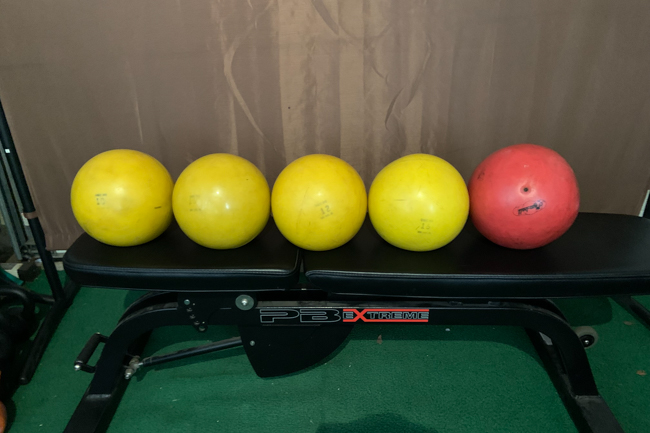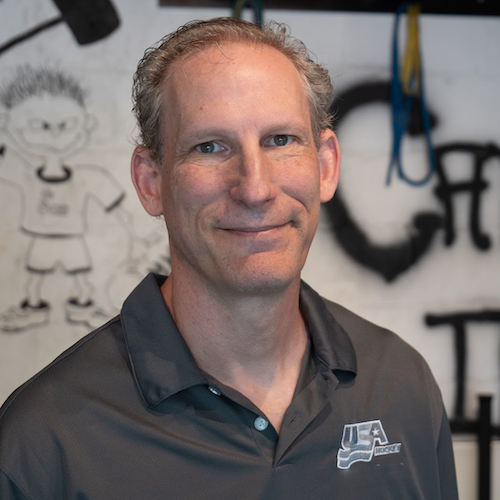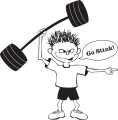Functional Fitness: Contrast training a true test for athletes

Originally posted in South Coast Today.
I tend to enjoy watching sports that don’t get a lot of love. While Peyton Manning is living comfortably off endorsements, Madison Avenue overlooks our finest pole vaulters and Greco-Roman wrestlers. The Olympics have been a great opportunity to pay attention to many of the sports that aren’t normally accessible for our viewing pleasure.
The allure for me may be, in part, that it’s a once every four years type of thing, and I wouldn’t necessarily find it enjoyable on a regular basis.
The Winter Olympics might even have more under-the-radar events than the summer games, and amongst the less popular is one event that fascinates me. This obscure sport is the biathlon, which combines cross-country skiing and shooting.
As a strength and conditioning coach, I love this event because it combines things that have a compatibility problem. The skiing has huge energy requirements and gets the heart pounding, whereas the shooting requires steadiness with minimal cardio-respiratory output. It’s hard enough to hit targets under normal conditions – never mind when you’re all amped up from racing.
We can see examples of athletic artistry every day on ESPN, whether it’s amazing endurance, superhuman power, extraordinary speed, unreal hand-eye coordination and so on. Any high-level sporting event will showcase some or many of the variables that define athletic ability.
And these things are all very impressive in their own right, but I think the most striking examples of athletic virtuosity are a mix of things that usually don’t go together. I’m in awe of a 300-pounder who can beat me in a sprint, on my best day, because that doesn’t make sense; it’s not supposed to happen. I doubt the world will ever see a Boston Marathon winner that is also a world-class shot putter, or a sumo wrestler that is an accomplished rock climber, but these sort of unimaginable combinations personify athletic greatness.
We do see less outlandish examples of such unlikely versatility in the athletic world, as with Olympic great Eric Heiden, a speed skater who won every race offered in his sport at the Olympic games: shortest, longest, and everything in between.
When we mere mortals want to be great at something, we need to specialize.
But for general fitness, it makes sense to be a Jack of all trades, master of none. Some of the best role models for everyday fitness have hallways that are cluttered with bikes, tennis rackets, ski poles, kayak paddles, skates, baseball gloves, and the other usual suspects. Not those familiar exercise graveyards with dust-covered impulse buys, but accessible rooms that look like used sporting goods stores. They have stuff that sees actual use, rotated in and out of service depending on mood, weather and opportunity.
There are several good reasons to vary our exercise routines, whether by changing up the choice of exercise, tweaking the volume and intensity of the same exercise, or playing around with some of the more sophisticated program-design variables. Our bodies adapt and become accustomed to the same old stimulus so change can be helpful in eliciting our desired physiological responses. There’s also a built-in safety element of switching up our modes of exercise and body movements.
You show me an exercise, and I’ll show you an injury or orthopedic implication associated with that exercise. I’m not slandering any exercise in and of itself, but some people are bad candidates for a particular exercise, and other times we can overdo it with an exercise that is generally an agreeable option. By varying how and where we stress our bodies, we can mitigate the downside of repetitive motion and overuse syndromes.
Dabbling in many different activities and exercises offers variety and spreads the potential risks around in a favorable way.
All of this talk about versatility, being well-rounded, and trying to mix oil and water brings me to a popular training method called contrast training.
Contrast training can take many forms, but it most commonly refers to combining heavy reps of a given exercise with light or non-resisted, high-speed reps of the same basic movement pattern. The earlier reps are slow moving by the nature of overloading muscles with a heavy enough resistance, to be followed immediately by the non-weighted, high-speed versions. A common example of this is combining a weighted squat with vertical jumps.
The reason why high-level athletes do this is for specialized power development and has little to do with my earlier sales pitch of becoming the renaissance athlete. But when working opposite ends of the spectrum within the same set and/or workout, it plays into the concept of having the best of both worlds.
Average people may not need to employ contrast sets to increase their punching power or explosive first step, but more rudimentary versions of this technique can be integrated into mainstream workouts. Try playing around with alternating heavy to light during some of your sets. It can be fun and you’ll be surprised at how good it feels to go from strenuous grinders to feathery quick ones.
The contrast will make you feel 10 years younger for a second or two, and you may even feel like Eric Heiden’s distant cousin.

Norm Meltzer aka The Muscle-less Wonder
